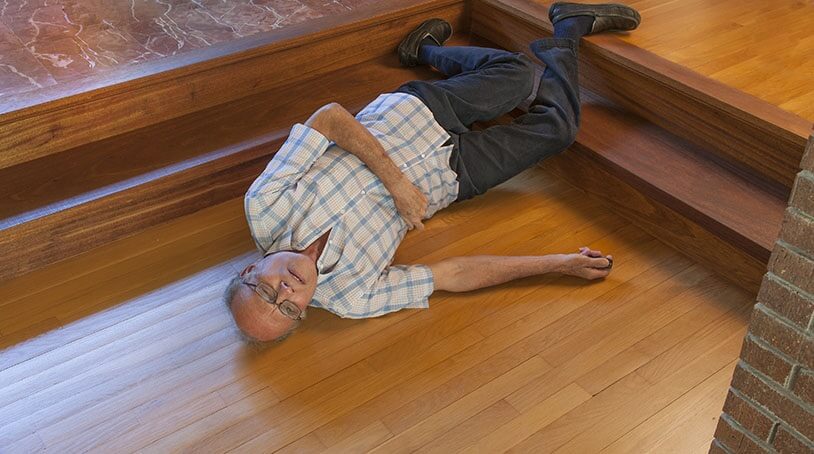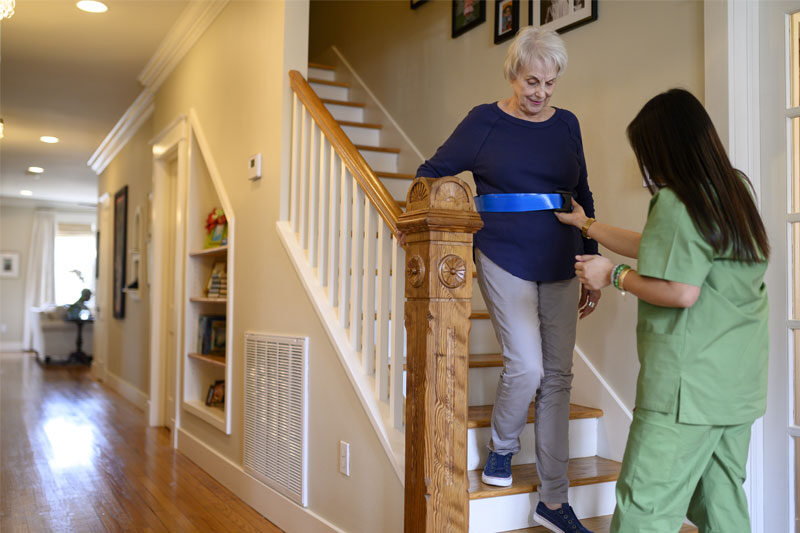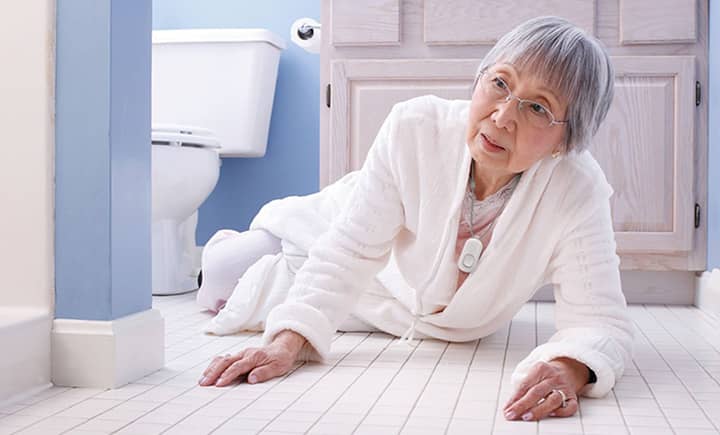In our rapidly advancing world, the significance of portable fall detection devices cannot be overstated. These devices are a crucial part of ensuring safety, especially for the elderly and those with mobility challenges. With the advent of smart technology, these devices are designed to detect falls and alert caregivers, enhancing safety and providing peace of mind.

The Growing Need for Fall Detection
As the global population ages, the demand for effective fall detection solutions is on the rise. According to a report by the CDC, falls are a leading cause of injury among older adults. This highlights the importance of having reliable systems in place to detect and respond to falls quickly.
How Portable Fall Detection Devices Work
These devices often incorporate advanced sensors and algorithms to accurately detect falls. When a fall is detected, the device sends an alert to a designated caregiver or emergency response service. This quick response can be crucial in preventing further injury.
Types of Portable Fall Detection Devices
- Wearable Devices: These include smartwatches and pendants with built-in fall detection sensors.
- Smartphone Apps: Some apps use the phone’s sensors to detect falls and send alerts.
- Home-Based Systems: These are integrated into the home environment, using IoT technology to monitor movements.
Benefits of Using Portable Fall Detection Devices
The primary benefit of these devices is the enhanced safety they provide. They offer peace of mind to both the wearer and their loved ones, knowing that help is just a button press away. Additionally, they promote independence by allowing individuals to move freely without constant supervision.
Considerations When Choosing a Device
When selecting a fall detection device, consider factors such as battery life, ease of use, and the range of alert options. It’s also important to choose a device that suits the lifestyle and preferences of the user.
The Role of Technology in Fall Detection
Technology plays a pivotal role in the effectiveness of fall detection systems. With advancements in artificial intelligence and machine learning, these devices are becoming more accurate and reliable. This is further explored in our article on IoT Sensors.
Challenges in Fall Detection
Despite their benefits, fall detection devices face challenges such as false alarms and limitations in detecting certain types of falls. Ongoing research and development aim to address these issues, improving the reliability of these systems.
Future of Portable Fall Detection Devices
The future of fall detection is promising, with potential improvements in sensor technology and integration with other smart home systems. This will enhance the accuracy and functionality of these devices, making them an even more integral part of home safety.
Real-Life Impact of Fall Detection
A case study from Smart Elderly Care Solutions demonstrates how fall detection devices can significantly improve the quality of life for seniors, allowing them to live independently while staying safe.
Integrating Fall Detection with Other Systems
Integration with other smart home systems, such as security or health monitoring, can enhance the overall safety net for individuals at risk of falling. This holistic approach to home safety is discussed further in our article on Privacy-Friendly Fall Detection Solutions.
Conclusion
In conclusion, portable fall detection devices are an essential tool in ensuring the safety and well-being of individuals, particularly the elderly. As technology continues to advance, these devices will become even more effective, providing greater peace of mind to users and their families.

FAQs
What is a portable fall detection device?
A portable fall detection device is a wearable or mobile system designed to detect falls and alert caregivers or emergency services.
How do these devices improve safety?
They provide immediate alerts in the event of a fall, allowing for quick response and reducing the risk of serious injury.
Are fall detection devices reliable?
While generally reliable, these devices can sometimes produce false alarms. However, advancements in technology are continually improving their accuracy.
This article contains affiliate links. We may earn a commission at no extra cost to you.






